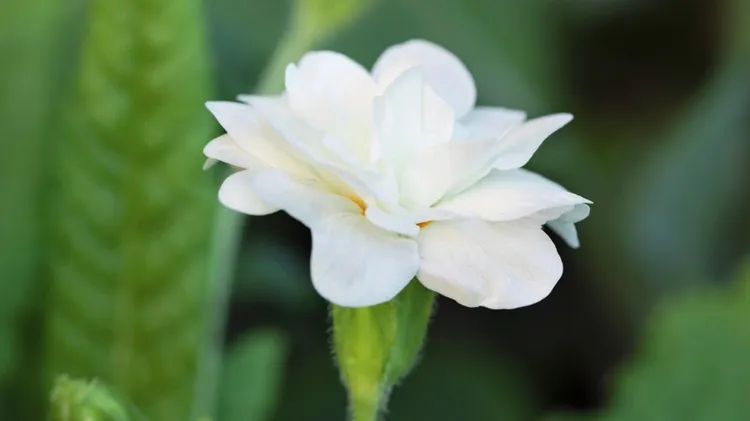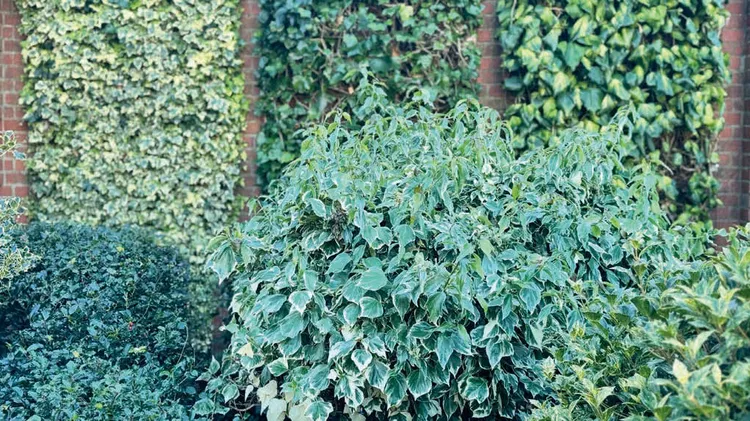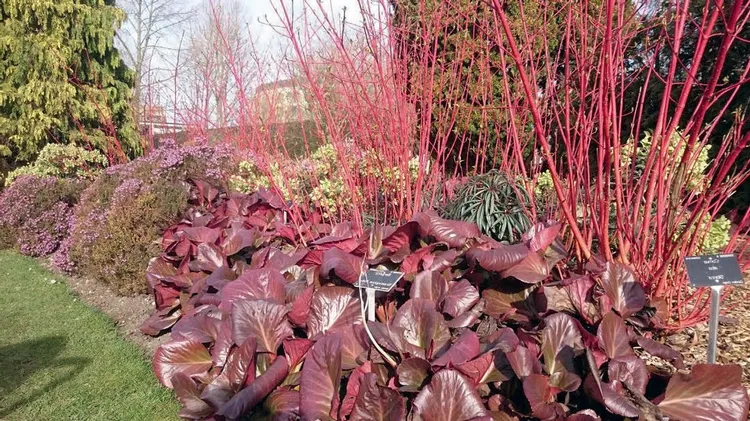Ken Thompsonlooks at some of the intriguing – and often less than obvious –
Hidden talents
3 min read
This article is from...
Read this article and 8000+ more magazines and newspapers on Readly






